PPT-Platform Independent Frameworks
Author : myesha-ticknor | Published Date : 2016-06-18
31032013 Contents Mobile App Developers challenges Platform Independent solutions Mobile Web Based Apps Cross Platform Mobile Tools XMT Mobile Web Based Apps Cross
Presentation Embed Code
Download Presentation
Download Presentation The PPT/PDF document "Platform Independent Frameworks" is the property of its rightful owner. Permission is granted to download and print the materials on this website for personal, non-commercial use only, and to display it on your personal computer provided you do not modify the materials and that you retain all copyright notices contained in the materials. By downloading content from our website, you accept the terms of this agreement.
Platform Independent Frameworks: Transcript
Download Rules Of Document
"Platform Independent Frameworks"The content belongs to its owner. You may download and print it for personal use, without modification, and keep all copyright notices. By downloading, you agree to these terms.
Related Documents

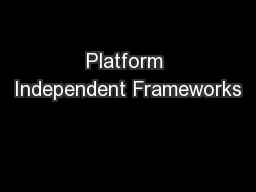

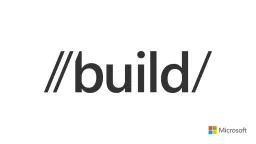

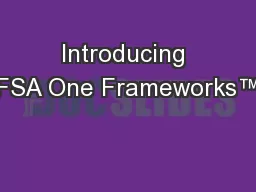



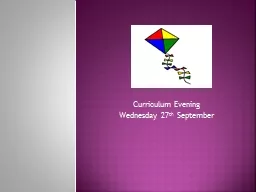
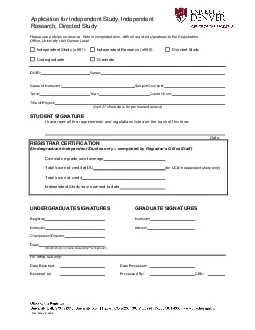
![[eBOOK]-JavaScript Frameworks for Modern Web Development: The Essential Frameworks, Libraries,](https://thumbs.docslides.com/971649/ebook-javascript-frameworks-for-modern-web-development-the-essential-frameworks-libraries-and-tools-to-learn-right-now.jpg)


